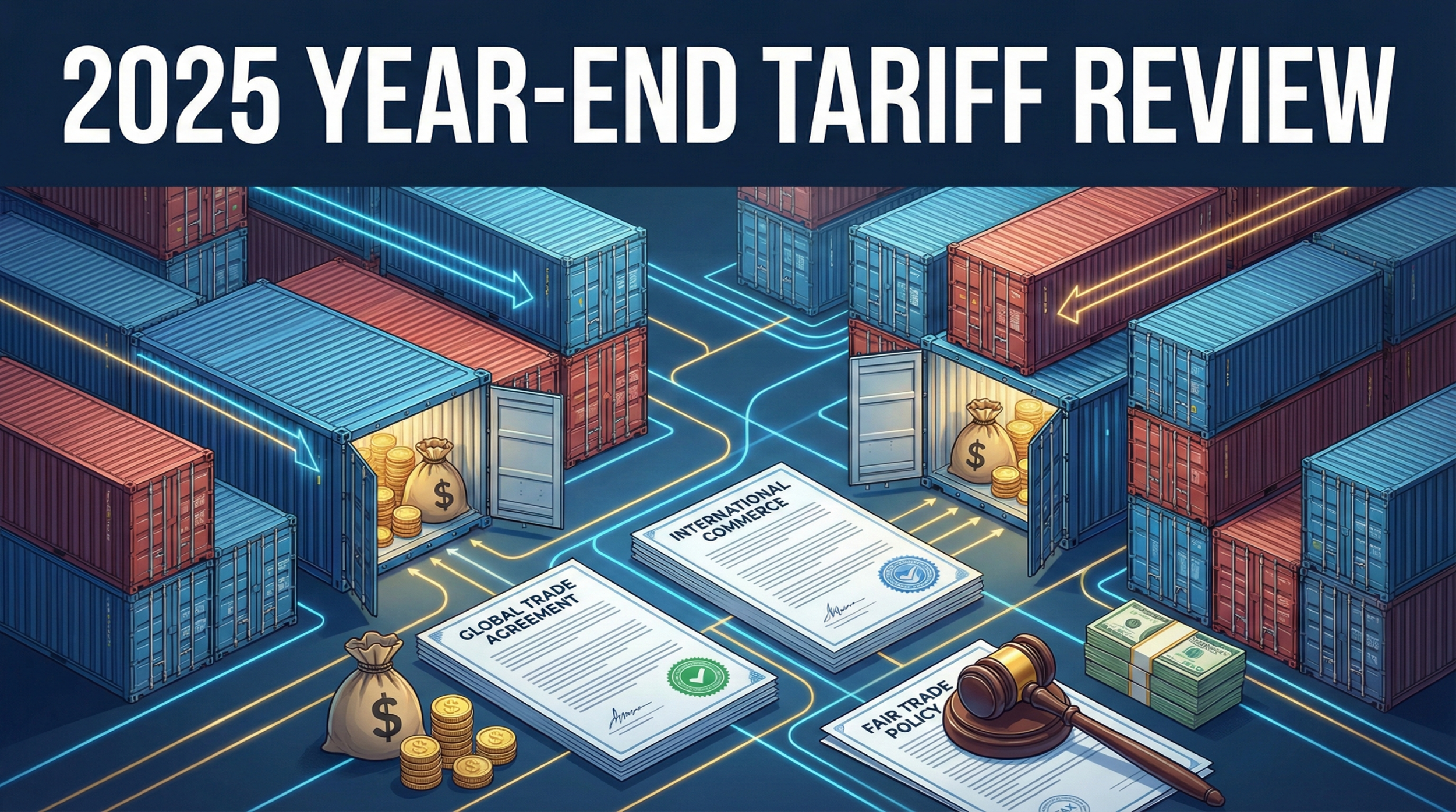As manufacturers and asset-intensive organizations continue to embrace digital transformation, the importance of a resilient, transparent, and efficient MRO (Maintenance, Repair, and Operations) supply chain has never been greater. In a world where uptime is critical and disruptions are costly, understanding where your MRO processes stand today is the first step toward building a smarter, more connected supply chain.
An MRO Supply Chain Audit is a powerful diagnostic tool that provides clear visibility into your current operations, highlights inefficiencies, and uncovers opportunities for both cost savings and performance improvements. At SDI, our comprehensive audit process acts as the foundation for long-term digital transformation, empowering your organization to make data-driven decisions that drive measurable impact.
Why Perform an MRO Supply Chain Audit?
Many organizations know their MRO supply chain could perform better—but struggle to pinpoint exactly where and how. Silos between departments, unclear ownership of MRO data, and fragmented procurement practices make it difficult to identify and prioritize improvement opportunities.
A supply chain audit bridges those gaps by:
- Providing a holistic view of your MRO ecosystem
- Identifying process bottlenecks and data quality issues
- Assessing storeroom operations, inventory practices, and supplier performance
- Measuring Total Cost of Ownership (TCO) across the MRO lifecycle
- Establishing a baseline for future-state optimization
What Does the MRO Supply Chain Audit Include?
SDI’s MRO Supply Chain Audit combines best-in-class tools with decades of industry expertise to evaluate your people, processes, and technologies. Our approach includes:
1. Stakeholder Engagement
We conduct interviews across a wide range of roles to create a full-spectrum view of your current state. These may include:
- Maintenance and Engineering Teams
- Procurement and Sourcing
- Finance and Accounting
- Storeroom Personnel
- Operations and Production Leaders
2. Onsite Assessments & Data Collection
Our experts perform comprehensive site tours, observe workflows, and collect data related to:
- Inventory accuracy & cycle count procedures
- Receiving and putaway processes
- Critical spares management
- Data governance and taxonomy standards
- Source-to-pay workflows
3. Digital Readiness Evaluation
We assess how your current technology—CMMS, ERP, eProcurement, and inventory management systems—supports or hinders MRO performance. Gaps in integration and automation are mapped to identify quick wins and long-term improvements.
4. Gap Analysis and Risk Identification
Our audit delivers a clear breakdown of what’s working well, where the risks lie, and the potential cost of inaction. We highlight inefficiencies, compliance risks, and redundant spend that can be eliminated through better alignment and digital transformation.
Key Deliverables: Actionable Insights & Strategic Roadmap
Following the audit, SDI delivers a comprehensive findings report that includes:
- A tailored risk heat map and TCO analysis
- Benchmarking against industry best practices
- A list of quick wins and long-term recommendations
- A strategic roadmap for building a connected, intelligent MRO supply chain
Whether you’re preparing for a large-scale transformation or simply want to assess how your MRO program stacks up, our audit provides the data and insights needed to justify investment and change.
Start with a Free Supply Chain Risk Assessment
Not ready for a full audit? Start with a no-cost, no-obligation Supply Chain Risk Assessment from SDI. This preliminary evaluation highlights potential exposure points in your MRO supply chain and gives you an initial understanding of where risk, waste, and inefficiency may exist.
It’s the first step toward building resilience, reducing cost, and embracing a fully digital MRO strategy.
Connect Your MRO to the Enterprise
The insights from an MRO Supply Chain Audit don’t just stop at the storeroom. They serve as a catalyst to connect your MRO processes across the entire enterprise—from procurement and maintenance to finance and IT. With these insights, SDI helps you engineer a smarter, more agile supply chain built around your operations.
Ready to uncover hidden value in your MRO supply chain? Schedule your free Supply Chain Risk Assessment today.



